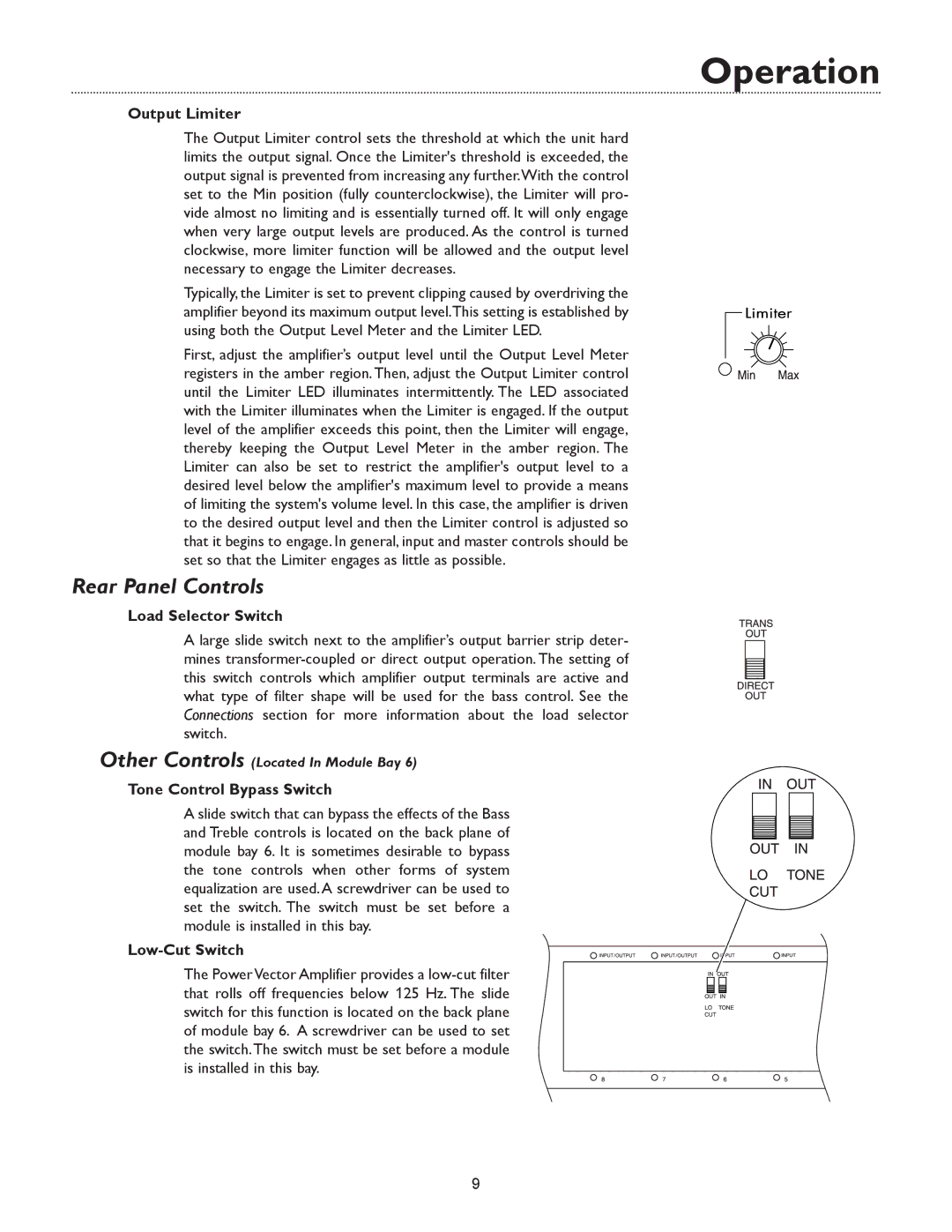& WV250, WV100 specifications
The Bogen WV100 and WV250 are advanced wireless microphone systems designed for various professional audio applications. Both models elevate sound quality and user convenience, making them suitable for settings such as schools, corporate environments, and live events.The WV100 model is a lightweight and portable system that provides reliable performance for individual users. It operates on multiple frequency bands, which ensures minimal interference from other wireless devices. One of its standout features is its easy channel selection, allowing users to quickly find clear frequencies for seamless operation. Additionally, the system boasts a range of up to 300 feet, offering flexibility in performance and movement.
A significant characteristic of the WV100 is its durable design, equipped to withstand the rigors of regular use. The microphone itself utilizes a high-quality condenser capsule that captures sound with clarity and precision. This feature is especially beneficial for presenters and performers who demand high audio fidelity. The WV100 also comes with rechargeable batteries, promoting sustainability and reducing operational costs.
On the other hand, the Bogen WV250 steps up the game with more advanced features aimed at professional users who require enhanced performance. This model supports multiple simultaneously operating channels, making it ideal for multi-microphone setups. Its built-in digital signal processing features improve sound quality further, reducing feedback and enhancing sound clarity.
The WV250 includes an LCD screen that displays vital information such as battery life, frequency, and signal strength. This capability allows users to monitor the system easily, minimizing the chances of disruption during a performance. The model is also equipped with advanced encryption technology, ensuring secure audio transmission and safeguarding against unauthorized access.
Both models utilize frequency diversity technology, which helps maintain a stable connection even in challenging environments. The Bogen WV100 and WV250 are designed for flexibility, catering to a wide range of applications from education to entertainment. Whether choosing the compact WV100 for solo use or the feature-rich WV250 for more complex setups, users can expect exceptional sound quality, reliability, and ease of use. In summary, Bogen's wireless microphone systems represent a blend of innovation and practicality, making them excellent choices for professionals in need of high-quality audio solutions.

